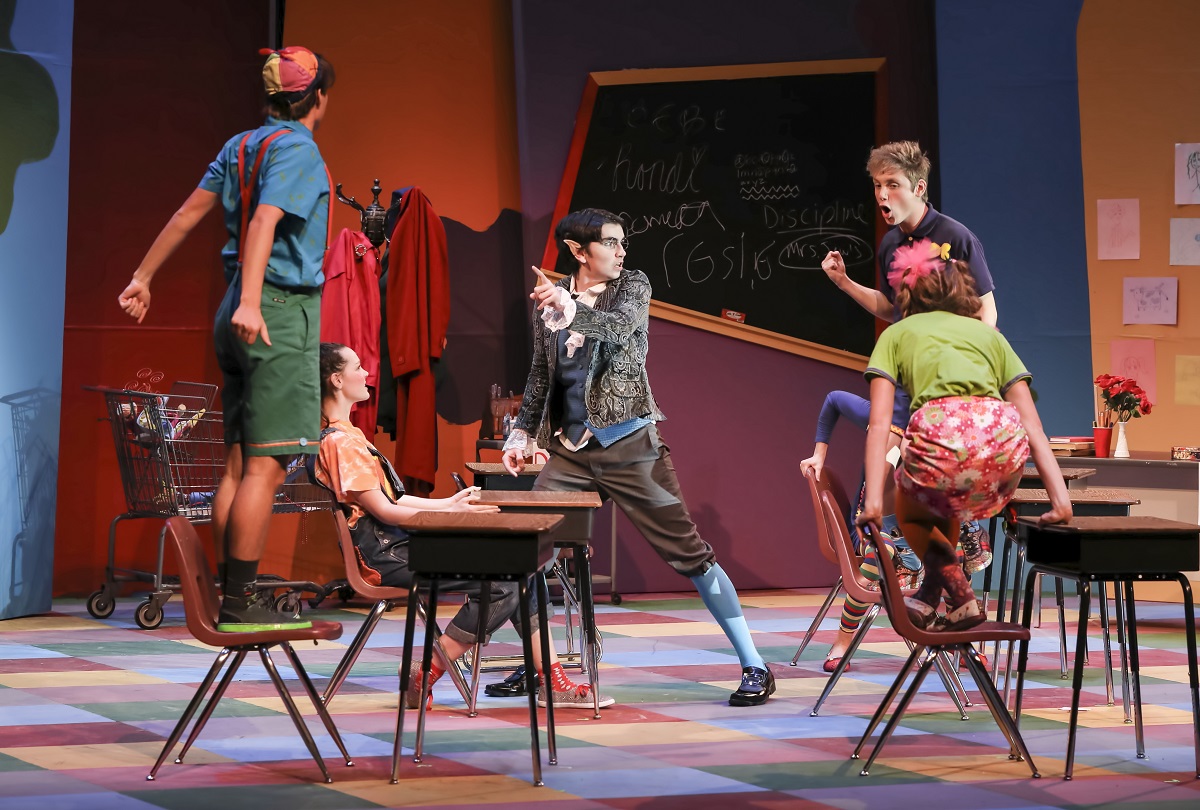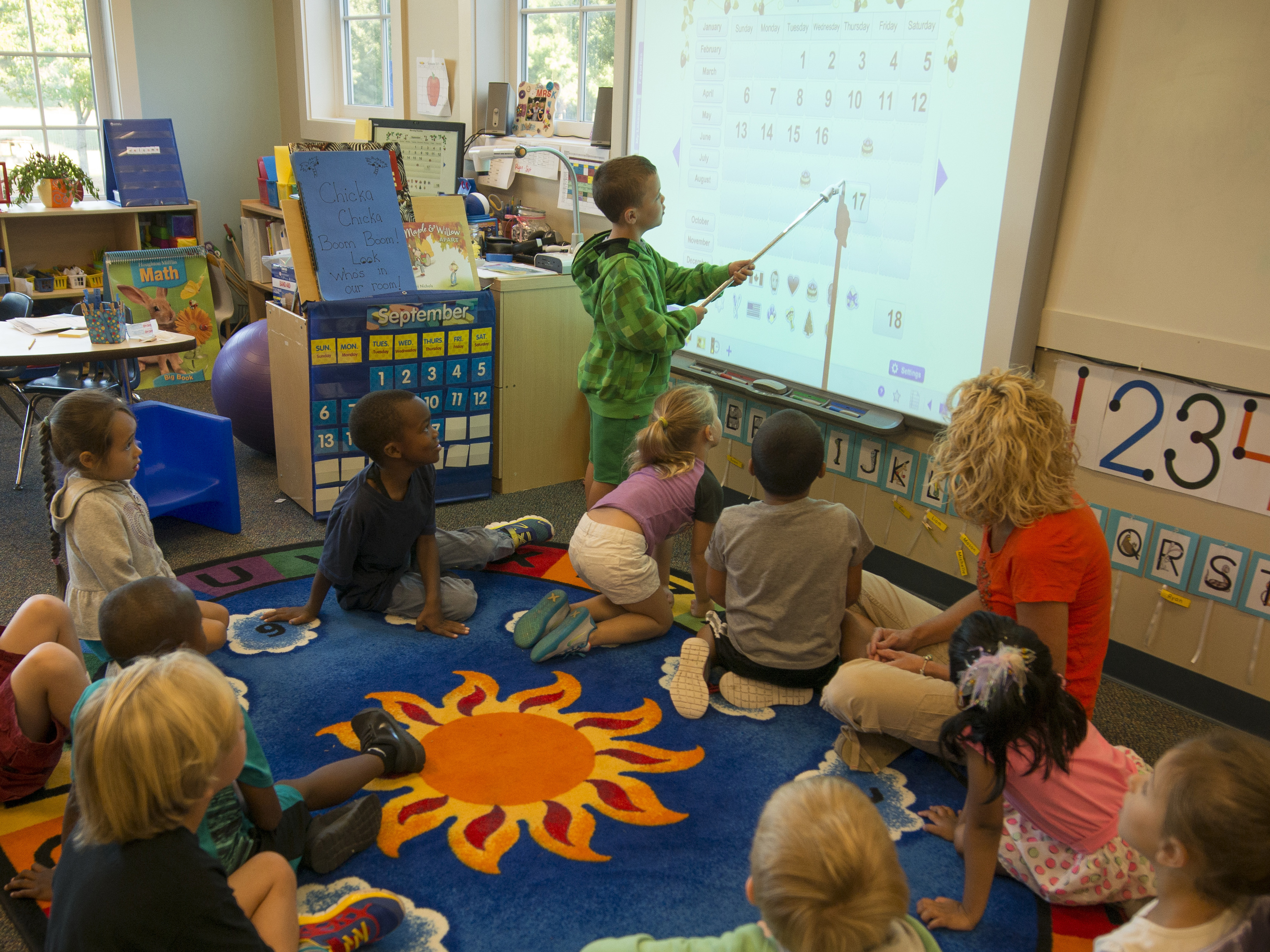As in many industries, trends in education come and go—sometimes quickly. Each trend often comes with its own acronyms or new terms to describe specific types of teaching and learning. This can be overwhelming to parents who are trying to evaluate school options for their children. Sanford School’s faculty members have devised a “cheat sheet” incorporating their own observations to help you work your way through the current lingo.
STEM! STEAM! 21st Century...The ABCs of Educational Buzzwords Part 1
The Value of a Performing Arts Program Reaches Beyond the Stage
At many times during our adult lives, we are asked to stand before a crowd and speak, deliver a presentation for work, or even offer a toast to a happy couple. Speaking in front of a group of people can make your palms sweaty and your heart starts to race. Without a podium to lean on, one can feel exposed and uncomfortable. Experience in the performing arts can empower students to express themselves in public forums with effectiveness, skill, and confidence for the rest of their lives
Ask art teachers about the superstars in their classrooms; they will report that their students are the smartest kids on campus. Research supports these claims. Student involvement in the arts— whether theatre, dance, music, or visual—develops skills linked to improved performance in other disciplines. These include:
- Reading acquisition
- Phonological awareness
- Sequence learning
- Long-term and working memory
- Spatial relationship
- Student motivation
- Observation.
However, the need to quantify the value of art education in relation to alternate academic disciplines is flawed and predicated on recent trends cutting the arts in favor of targeted teaching to standardized tests.
In a recent TED (Technology, Entertainment, and Design) talk, now-former National Association of Independent Schools' President Pat Bassett presented on “Schools of the Future.” Rather than evoking a Jetsons’ cartoon with robots and hover crafts, the School of the Future looks and feels very much like many in our area. Such schools, Bassett claims, make five institutional shifts.











